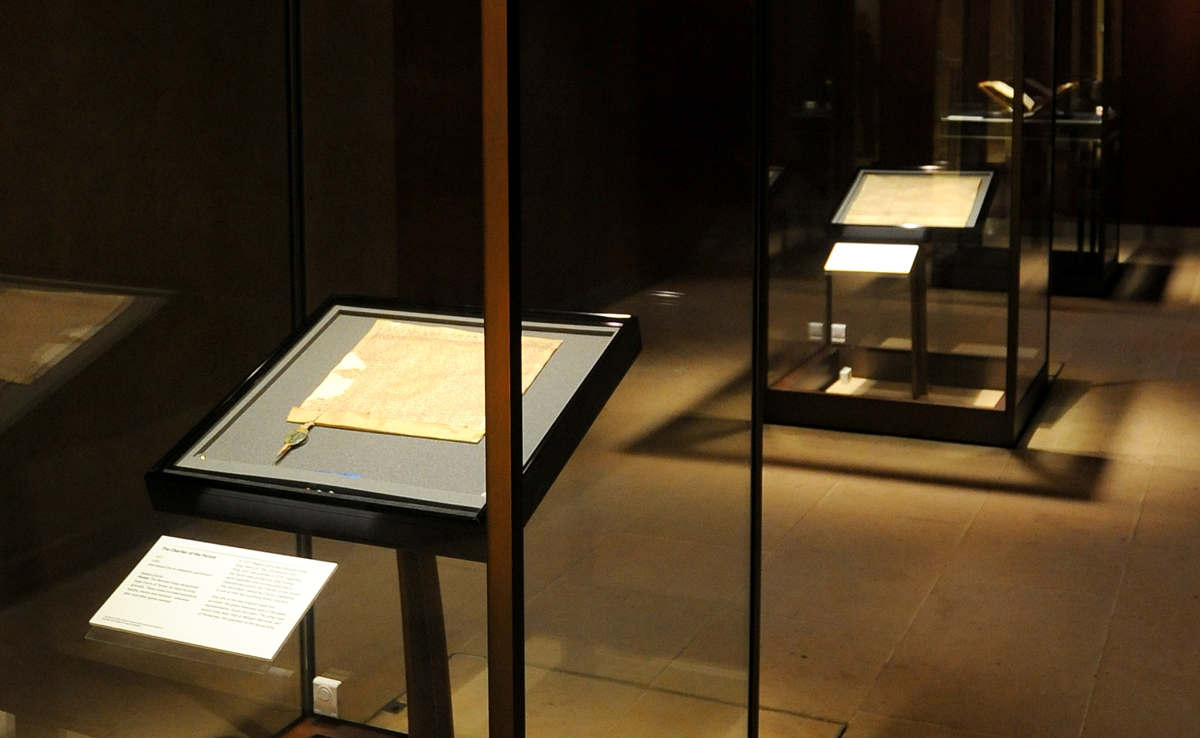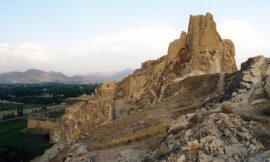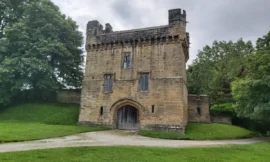Introduction
The Magna Carta, or “Great Charter,” is one of the most celebrated and influential documents in the history of democracy and law. Originally issued in 1215, the Magna Carta established the principle that everyone, including the king, was subject to the law. Among the many locations associated with the Magna Carta, Lincoln holds a unique and significant place in its history. The city played a pivotal role in the events surrounding the Magna Carta, and its connection to this foundational document is commemorated and preserved today. This essay explores the historical context of the Magna Carta, Lincoln’s role in its creation, and the enduring legacy of this landmark document.
The Historical Context of the Magna Carta
The Magna Carta emerged from a period of intense political conflict between King John of England and his barons. King John, who reigned from 1199 to 1216, faced widespread dissatisfaction due to his heavy taxation, military failures, and arbitrary rule. His inability to secure victories in the Anglo-French wars and his contentious relationship with the Church only exacerbated tensions. By 1215, his rule had alienated many of his subjects, particularly the powerful barons who felt that their rights and privileges were being undermined.
In response to these grievances, a group of barons, led by Robert Fitzwalter and supported by various factions, including the Church, demanded reforms. The Magna Carta was intended to address their concerns and limit the king’s arbitrary power. The charter consisted of 63 clauses covering a wide range of issues, from legal rights to feudal obligations, and was designed to establish a more just and predictable system of governance.
The Magna Carta’s Link to Lincoln
Lincoln plays a crucial role in the story of the Magna Carta due to its connection to the significant events of the early 13th century. The city’s role is particularly linked to the subsequent reissues of the Magna Carta and its enduring influence.
1. The Initial Issuance and the Role of Lincoln Castle
The original Magna Carta was issued on June 15, 1215, at Runnymede, a meadow by the River Thames near Windsor. However, the initial charter did not resolve the conflict between King John and the barons. The document was swiftly repudiated by the king, leading to a renewed conflict known as the First Barons’ War.
During this period, Lincoln Castle, a key fortress in the north of England, became a focal point in the struggle. The castle was held by the barons and played a crucial role in their resistance against King John. The castle’s strategic location made it a significant stronghold, and its capture by the king’s forces would be a considerable blow to the baronial cause.
In early 1217, during the Second Barons’ War, which followed the Magna Carta’s initial failure, the castle was besieged. The Siege of Lincoln Castle in 1217 was a decisive event, leading to the capture of the castle by the royal forces. This victory was instrumental in reasserting King Henry III’s authority and effectively ending the civil war. The fall of Lincoln Castle was a turning point that led to the eventual reissue and reinforcement of the Magna Carta.
2. The Reissue of the Magna Carta
Following the capture of Lincoln Castle, the political landscape shifted. The Magna Carta was reissued and revised in 1216, 1217, and 1225 under the reign of Henry III, the young son of King John. These reissues were part of a broader effort to consolidate peace and stability in England.
The 1216 reissue of the Magna Carta, issued under the guardianship of William Marshal, regent for the young Henry III, made several amendments to the original document. This version was more pragmatic and less confrontational, aiming to address the needs of the broader population while maintaining royal authority. The 1217 reissue, which included the Charter of the Forest, was an important addition that expanded the scope of the original Magna Carta by addressing issues related to the royal forests and the rights of common people.
Lincoln’s role in these events was critical, as the city and its castle were symbols of the shifting power dynamics. The city’s support for the barons and its subsequent recovery and involvement in the reissue of the Magna Carta underscored its importance in the broader narrative of medieval English politics.
The Legacy of the Magna Carta in Lincoln
The Magna Carta’s influence extends far beyond its immediate historical context, shaping the development of constitutional law and individual rights. The legacy of the Magna Carta is deeply embedded in the legal and political traditions of England and beyond, and Lincoln’s connection to this heritage is commemorated in various ways.
1. Historical Commemoration
Lincoln’s association with the Magna Carta is commemorated through various historical sites and educational programs. Lincoln Castle, which played a central role in the events surrounding the Magna Carta, is now a prominent historical attraction. The castle’s grounds include a dedicated Magna Carta exhibition, where visitors can learn about the charter’s history and its impact on English law and governance.
The exhibition features original and replica documents, interactive displays, and informative panels that provide insights into the Magna Carta’s significance. Visitors can explore the castle’s medieval architecture, including the well-preserved prison and the 19th-century courthouse, which together offer a comprehensive view of Lincoln’s historical importance.
2. Cultural and Legal Impact
The Magna Carta’s principles have had a lasting impact on the development of constitutional and human rights law. Its influence can be seen in the evolution of the rule of law, the protection of individual liberties, and the concept of checks and balances on governmental power. The charter’s legacy is reflected in various legal and political documents, including the U.S. Constitution and the Universal Declaration of Human Rights.
Lincoln’s role in this legacy is significant because the city was a key player in the events that led to the Magna Carta’s enduring presence in English legal history. The city’s involvement in the struggles of the early 13th century and its contribution to the reissues of the charter helped to cement its place in the annals of legal and political history.
The Magna Carta Today
Today, the Magna Carta remains a symbol of justice and the rule of law. Its principles continue to inspire discussions about individual rights and the limits of governmental authority. The charter’s significance is recognized globally, and it is often cited as a foundational document in the development of democratic governance.
In Lincoln, the Magna Carta is celebrated not only as a historical document but also as a living part of the city’s heritage. Events, educational programs, and historical reenactments related to the Magna Carta are regularly held in Lincoln, drawing visitors and scholars from around the world. These activities help to keep the memory of the Magna Carta alive and ensure that its lessons are remembered and applied in contemporary discussions about justice and governance.
Conclusion
The Magna Carta’s association with Lincoln is a testament to the city’s historical significance in the development of English law and governance. The events that transpired in and around Lincoln Castle during the early 13th century played a crucial role in shaping the Magna Carta’s legacy. The charter’s influence on constitutional law, individual rights, and democratic governance is a lasting testament to its importance.
Lincoln’s preservation of the Magna Carta’s history through its museums, educational programs, and cultural events ensures that the charter’s principles continue to resonate with modern audiences. As a city deeply connected to one of history’s most important documents, Lincoln stands as a reminder of the enduring power of the Magna Carta and its impact on the evolution of justice and governance.



